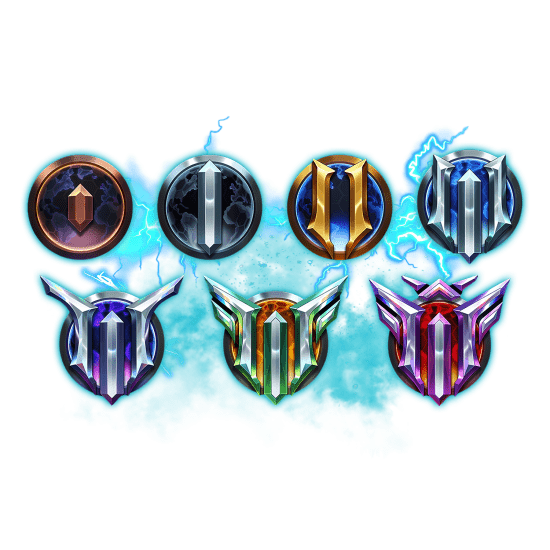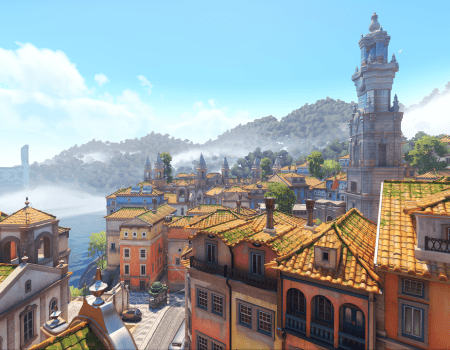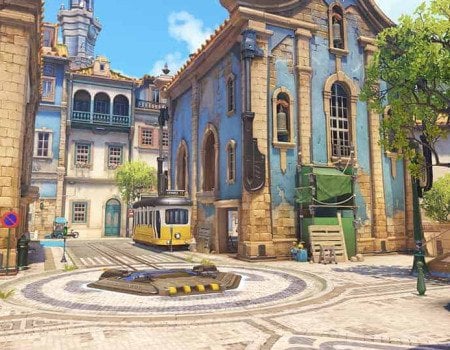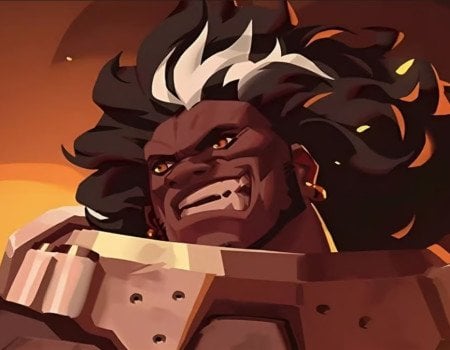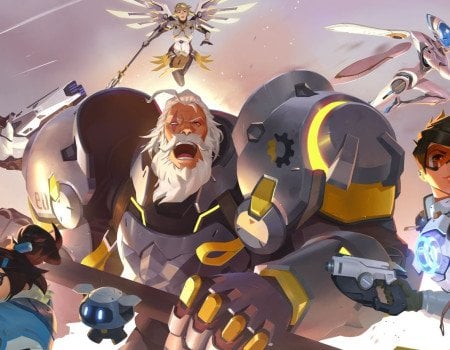The lights are on, the crowd’s watching, and your moment’s here—welcome to the Overwatch 2 Stadium guide. This mode throws out the usual formula and replaces it with a round-based, third-person brawler where every match is shaped by how you build your hero. It’s a fresh format that blends strategy, adaptability, and fast action into something totally different from the standard game.
This guide will walk you through the basics of Stadium—from how matches work and what kind of heroes you can pick, to the upgrade system, game modes, and the ranked ladder. It’s not a deep dive into every number or detail, but it will give you everything you need to understand how Stadium plays and how to start making smart decisions from your very first match.
If you want to get those ranked rewards quicker, there's no need to farm the winds. You can Buy Overwatch 2 Stadium Rank Boost at SkyCoach and get to any rank and any rewards you want. This is a fast and safe service handled by professional gamers. Don't waste your time and claim those unique skins today!
Note: At SkyCoach, you can Buy Overwatch 2 Boost at the best prices with fast delivery. Use our special PROMO CODE (in green) hidden in this article for a 20% DISCOUNT.
Overwatch 2 Stadium Mode Rules Explained
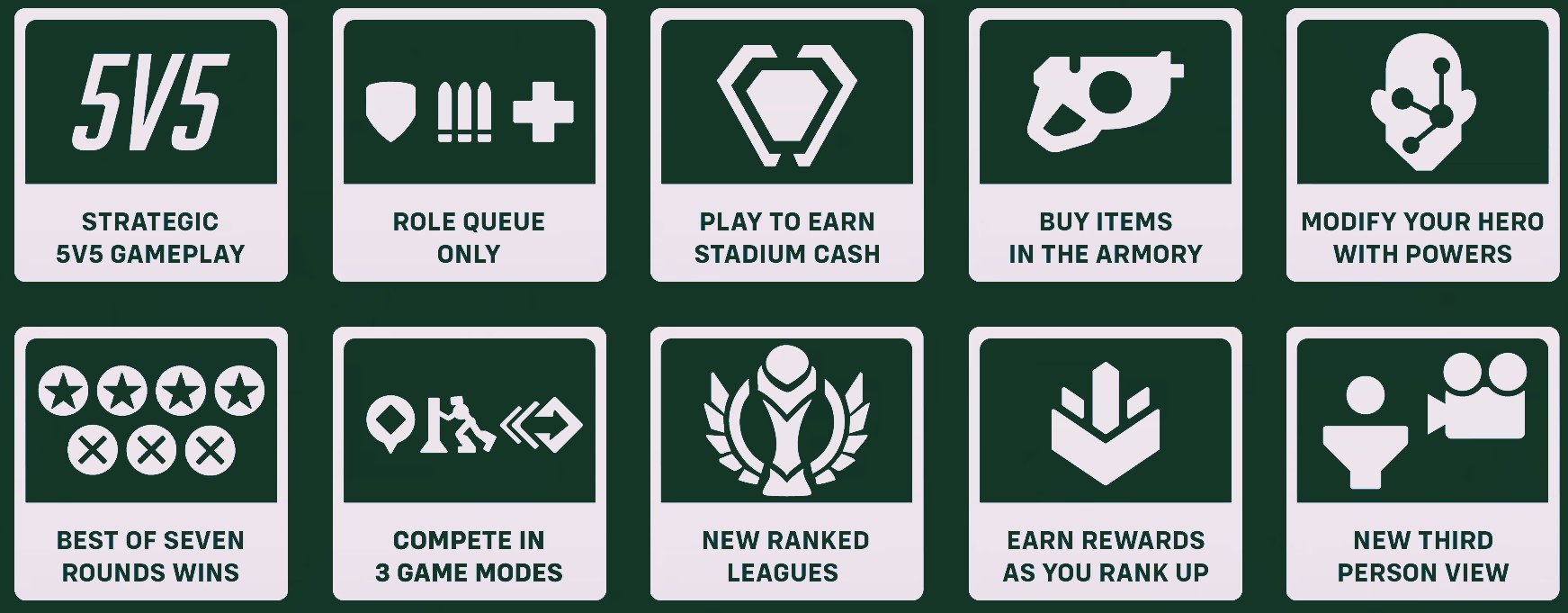
Overwatch 2 Stadium mode launches on April 22 alongside Overwatch 2 Season 16. It’s the start of a seasonal rollout that will continue to expand over time. Blizzard plans to introduce new heroes, maps, and balance changes regularly, turning Stadium into a long-term competitive experience with its own evolving meta.
The mode is built around a tighter, more structured format. Matches are broken into rounds, and each player picks one hero to use for the full duration. There’s no mid-match swapping—your choices are permanent, and your upgrades stack as the rounds progress. It’s a format that puts long-term planning and team coordination at the front of every decision.
With the Overwatch 2 Stadium release date just around the corner, let’s take a look at the rules.
| Rule | Details |
| Team Size | 5v5 |
| Role Queue | 1 Tank, 2 Damage, 2 Support |
| Hero Selection | Locked for the entire match |
| Match Format | Best-of-7 rounds |
| Upgrades | Equipped between rounds in the Armory |
| Perspective | Third-person (can toggle to first-person) |
| Game Modes | Control, Push, and Clash variants |
Each round gives your team the chance to earn Stadium Cash, a match-exclusive currency used to upgrade and customize your hero. Powers and Items are selected between rounds to shape your playstyle and push your team’s strategy forward. These mechanics are covered in more depth later on, but it’s important to know that what you choose and when you choose it is central to how each match plays out. Now that you know how to play Overwatch 2 Stadium, there’s one last thing left to note. If you watched the announcement trailer, you already know. But, if you’re going in blind, you’re in for a surprise.
The third-person camera is enabled by default, giving players a wider field of view to help track enemy movement, read the battlefield, and react to high-impact abilities. It’s fully adjustable in the game’s settings, and you can switch back to first-person if preferred.
Stadium Hero Roster and Roles

Stadium mode sticks to a locked-in team structure:
- x1 Tank
- x2 DPS
- x2 Supports
Once the draft phase begins, each player selects a hero from their available role, and that hero becomes their pick for the entire match. So, you'd better find Overwatch 2 Stadium best heroes to use and lock them down. There are no mid-game swaps, so you’re committing to a long-haul strategy from round one.
At launch, 17 heroes are available across the three roles. This limited pool is curated specifically for Stadium’s power-based progression system, with more heroes set to join the roster in future seasons.
| Role | Available Heroes |
| Tank | D.Va, Junker Queen, Orisa, Reinhardt, Zarya |
| Damage | Ashe, Cassidy, Genji, Mei, Reaper, Sojourn, Soldier: 76 |
| Support | Ana, Illari, Kiriko, Lucio, Mercy, Moira |
Locking in a hero means you’re also locking in your scaling path. Some heroes spike early with fast upgrades, while others hit their stride in later rounds. You’ll want to consider how your pick plays out over time, not just in the opening fight. The synergy between heroes and how their builds unfold across rounds can decide momentum—and the match.
Stadium Upgrade System: Powers & Items
The Overwatch 2 Stadium Armory is where your chosen hero evolves. After each round, you’ll regroup here to fine-tune your kit, using a mix of Powers and Items to build toward your team’s long-term strategy. This upgrade system is the heart of Stadium’s gameplay loop, and understanding how it works is key to staying competitive.
You start each match with 3,500 Stadium Cash. From there, you’ll earn more by landing eliminations, assisting teammates, surviving rounds, and collecting bounty rewards from high-performing enemies. Stadium Cash is only spent on Items, while Powers are equipped for free at specific points in the match.
Powers
You get four Power slots, and they unlock automatically at Rounds 1, 3, 5, and 7. These modifiers don’t cost any Stadium Cash and can drastically reshape your hero’s role. Once equipped, though, Powers can’t be removed or swapped—each one locks in a key part of your build and permanently alters your playstyle for the rest of the match.
Examples from in-game:
- Kiriko can take a Power that lets her clone herself, adding a layer of deception and pressure in team fights.
- Mei can use Cryclone, which spawns a mini-Blizzard at the end of her Cryo-Freeze, allowing her to zone out enemies more aggressively.
- Genji, depending on build, can apply modifiers to increase his Swift Strike utility or turn shurikens into high-speed burst tools.
Each Power is a turning point—so don’t just pick what looks flashy. Think about synergy and where your hero needs to go next.
Items
Unlike Powers, Items cost Stadium Cash, and you can equip up to six at a time. These aren’t permanent—you can sell any item for its full value, letting you adjust your strategy mid-match. Items are grouped by:
Rarity
- Common (Green): 1,000–1,500 — small, efficient bonuses
- Rare (Blue): 3,750–5,500 — strong utility and stat enhancements
- Epic (Purple): 9,500–13,500 — high-cost, high-impact upgrades
Categories
- Weapon: Damage, crit bonuses, speed, etc.
- Ability: Cooldown reduction, AoE upgrades
- Survival: HP boosts, healing amp, lifesteal
For example, Kiriko’s “Winning Attitude” item (Common, 1,500) grants 25 health and 15% Ultimate charge on death—perfect for getting value even in bad trades.
Items stack to amplify your style. Go all-in on damage, balance offense and utility, or build tankier with multiple survival tools. Since they’re fully resellable, you’re encouraged to adapt between rounds based on enemy comps or map demands.
Example Builds
Each hero has two curated Example Overwatch 2 Stadium builds designed to highlight different strengths. Let’s break down Genji’s:
Shurikenjutsu
A fast-paced, pressure-focused build centered around spamming shurikens and sustaining damage output.
- Power Loadout: Four offensive-focused powers, each enhancing Genji’s projectile rate or damage
- Item Selection: Starts with low-cost Common items (1,000–1,500), then ramps into Rare and Epic tiers
- Total Cost: 37,750 Stadium Cash
Playstyle Goal: Keep enemies constantly under fire with high shuriken uptime and weapon scaling. Designed to build momentum over multiple rounds and maintain consistent pressure.
Dashing Ninja
A burst-combo build that turns Swift Strike into Genji’s primary weapon for securing eliminations.
- Power Loadout: A sequence of powers focused on mobility, resets, and execute potential
- Item Selection: Also begins with Common items, but quickly shifts to high-impact Epic options
- Total Cost: 38,750 Stadium Cash
Playstyle Goal: Set up and finish fights with Swift Strikes, capitalizing on speed and timing rather than raw output. Strong when paired with aggressive teammates or when used to isolate targets.
These builds are a great place to start, but they’re not rigid. You can take the base idea and tweak it round by round depending on how your match is playing out.
Every round gives you a chance to build smarter, pivot harder, and gain an edge. Powers shape your hero’s core identity. Items layer on the depth. Together, they let you turn your favorite character into a completely custom weapon for your team.
Ranked System & Rewards
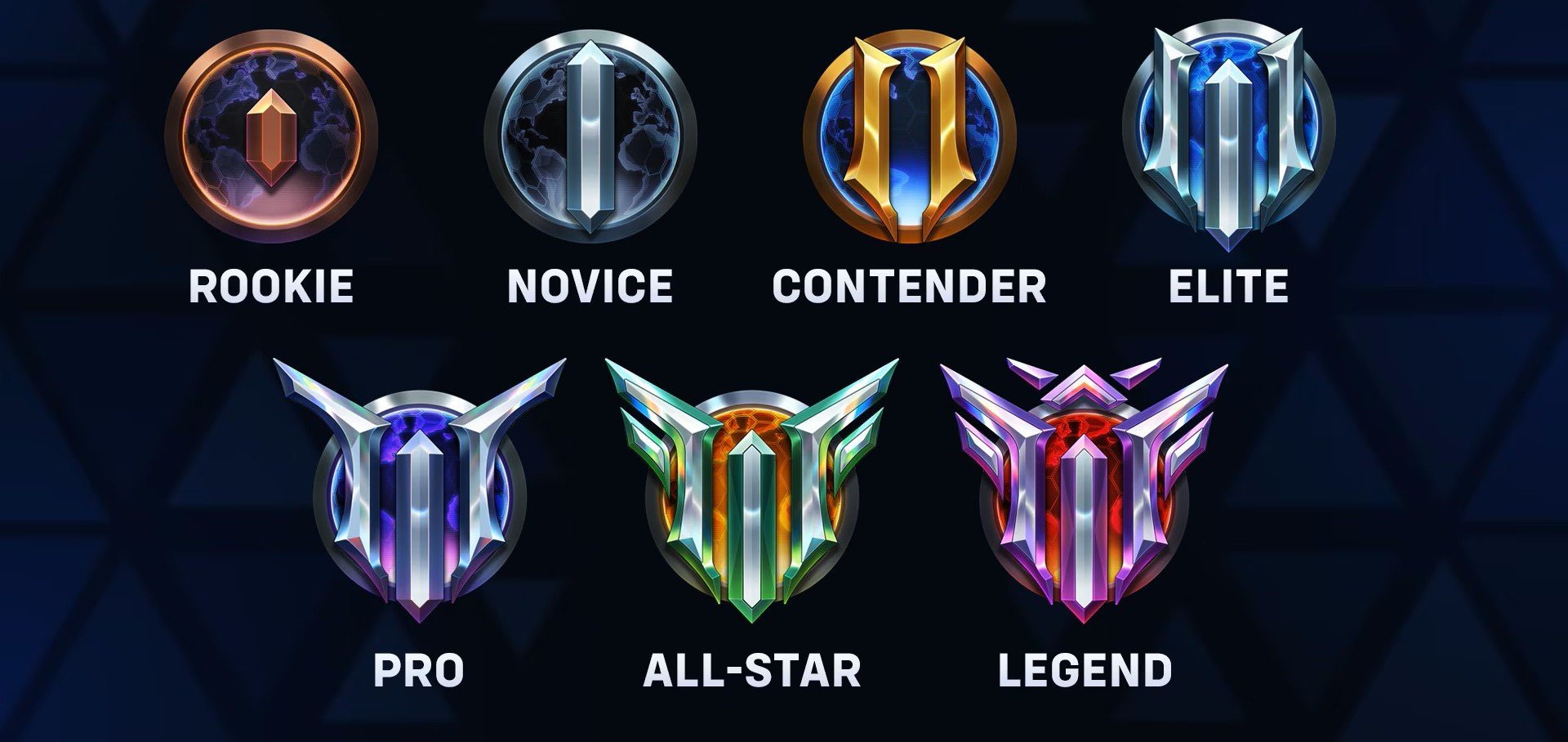
Stadium isn’t just a side mode—it has its own ranked ladder built from the ground up. Every match you win in ranked pushes you forward, and your progress is tracked by a dedicated league system that’s separate from Overwatch 2’s standard Competitive Play.
Everyone starts from the same place each season. At the beginning of a new season, all players are placed into Rookie League. From there, you’ll climb by winning matches in your selected role—Tank, Damage, or Support—with each role having its own separate progression path.
There are seven leagues in Overwatch 2 Stadium ranked:
- Rookie
- Novice
- Contender
- Elite
- Pro
- All-Star
- Legend
Climbing the ranks won’t just be for bragging rights. Each season will feature unique, rank-exclusive Overwatch 2 Stadium rewards including:
- New Epic skins for select heroes
- Competitive Points that can be used to unlock Weapon Variants
- A limited-time All-Stars Juno skin for reaching All-Star League in any role during Season 16
Your rank resets with each new season, which means there’s always a fresh shot at climbing—whether you’re trying to hit a personal best or chase that next exclusive skin.
Conclusion
Overwatch 2 Stadium is more than a new mode—it’s a fully loaded competitive system with its own mechanics, progression, and build strategies. Between hero drafts, evolving kits, round-based pacing, and a unique third-person view, it plays unlike anything else in the game.
If you’re looking to sharpen your skills, theorycraft wild builds, or just climb the new ranked ladder for some killer cosmetics, Stadium is ready to test everything you know about Overwatch.
F.A.Q.
Can I play Overwatch 2 Stadium now?
Yes. Stadium mode goes live with Season 16 on April 22. Just head to the main menu and queue up through the Stadium playlist.
What heroes can I pick in Stadium mode in Overwatch 2?
Stadium launches with a roster of 17 heroes, locked to the 1 Tank / 2 Damage / 2 Support role format. More heroes will be added in future updates.
Are there any exclusive rewards for playing Stadium in Overwatch 2?
Yes. Ranked play in Stadium unlocks Epic skins, Weapon Variants, and a Season 16-exclusive All-Stars Juno skin for reaching All-Star League.
Is Overwatch 2 Stadium Ranked or Unranked?
Stadium uses its own ranked ladder, separate from Competitive Play. Ranks reset every season and are tracked per role.
How to save a build in Overwatch 2 Stadium?
You can’t save custom builds yet, but each hero offers two Example Builds in the Armory. These serve as templates you can follow or tweak between rounds.



